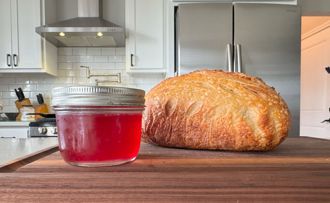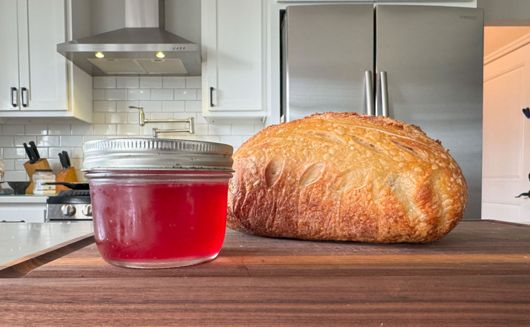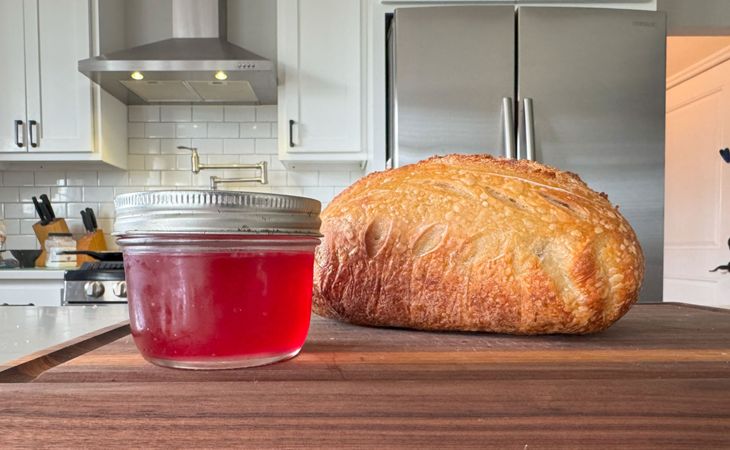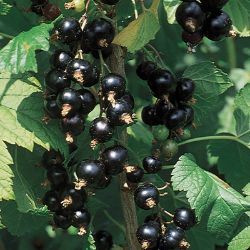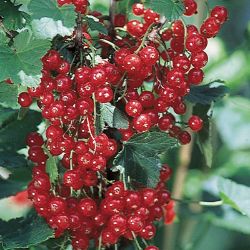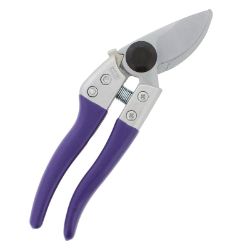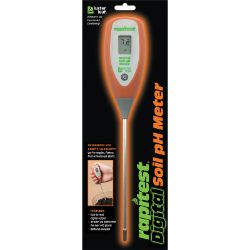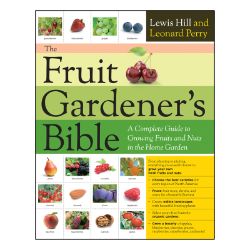Pruning Currant Plants
Pruning is an important part of proper edible plant care, but many people find the task overwhelming. It doesn’t have to be! Keep these things in mind:
- You can have confidence in knowing that not everyone will prune the exact same way (even the experts).
- There are several reasons to prune: to encourage vigorous growth and fruit production, improve sun penetration into the bush, and maintain good air circulation to minimize diseases.
NOTE: This is part 6 in a series of 9 articles. For a complete background on how to grow currant plants, we recommend starting from the beginning.
- In winter, start by cutting out any dead, diseased, or badly placed wood. This includes branches that may sag to the ground or rub against each other.
- For blackcurrants, you can remove up to a third of the oldest canes to promote new growth. Alternatively, you can simply cut out all the canes that have already fruited.
- For red and white currants, aim for an open, bowl-like shape by pruning new growth back by half and cutting side shoots to two buds. Keep the short stem clear of shoots.
- When making cuts, be sure to do so just above a bud that faces away from the bush. This will prevent excess growth and disease.
- Midsummer pruning can benefit red and white currants by cutting back side shoots that have grown that season to three to five leaves.

